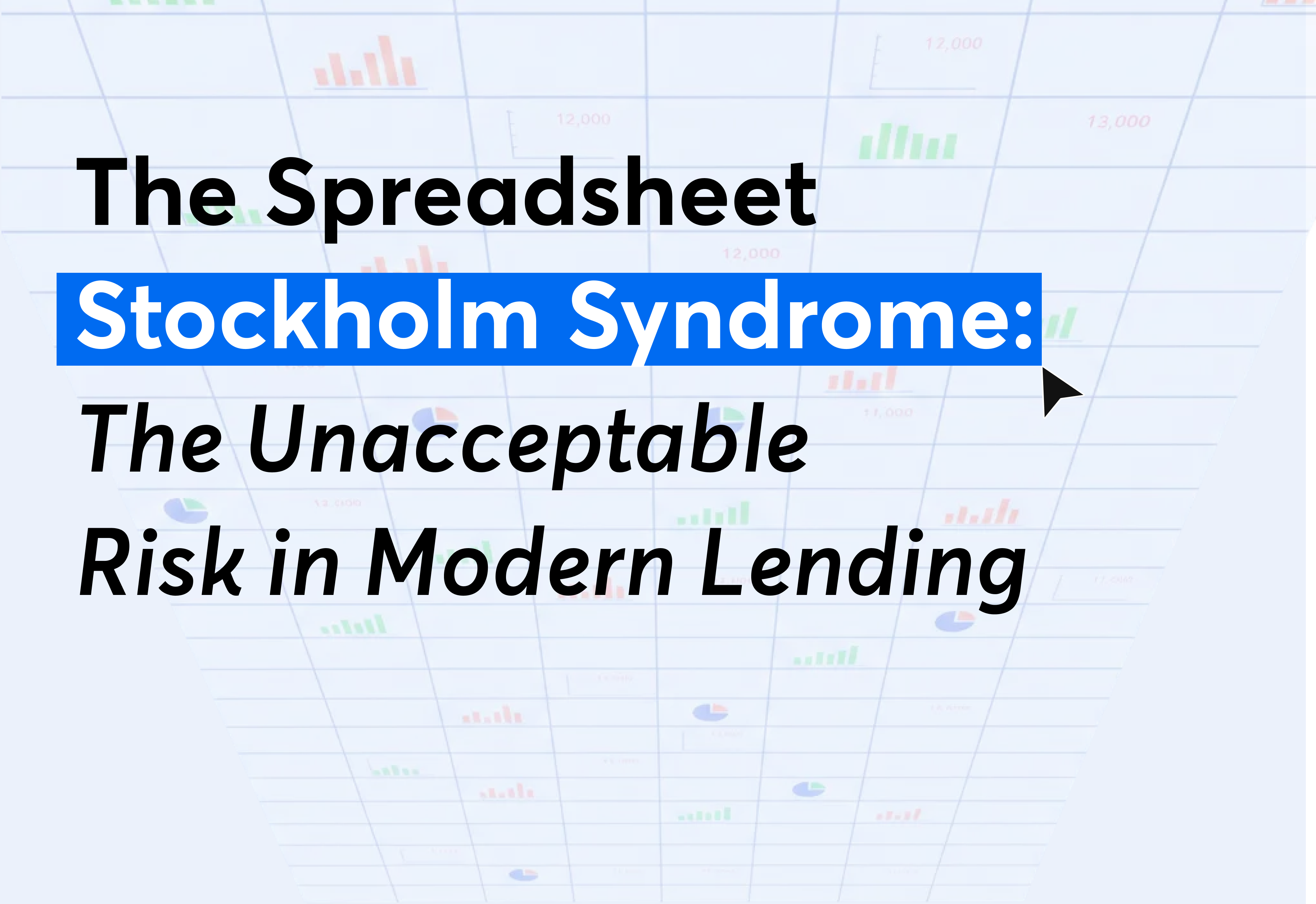Thought Leadership

Sep 30, 2024
4 minutes

Debt doesn’t always have the most positive connotations. However, when used strategically, venture debt is an attractive option for startups who want to fuel growth without diluting company ownership.
What is venture debt, exactly? Venture debt is a financing option specifically tailored for high-growth startups. Unlike traditional loans, venture debt is typically unsecured—meaning lenders don’t require any collateral, because it’s based on the company's growth potential rather than existing assets, profits, or earnings.
With equity financing, investors exchange funding, or capital, for ownership shares in a company. While there’s no obligation to repay the investment, investors seek profit through increased share value, by selling their shares, or through IPO or acquisition of the firm. While equity financing is a high-risk investment for investors, they benefit from voting rights which can provide significant influence over the company’s decisions. Early-stage startups with high growth potential but limited revenue, or those who need considerable capital and strategic partnership, often seek equity financing.
Venture debt financing, on the other hand, does not have an ownership change—lenders (not investors) provide a loan in exchange for interest payments. Loans must be repaid on a predetermined schedule, meaning lenders assume less risk. But because there’s no ownership in the company, lenders have limited influence or control over a company’s operations. Typically, later-stage startups with proven revenue and growth are candidates for venture debt financing, as they have strong enough cash flow to handle debt repayments, and don’t want to dilute their ownership.
With venture debt financing, lenders typically look at a startup’s current and future revenue growth, customer acquisition, intellectual property, market size, competitive advantage, and management team to assess eligibility. While interest rates on venture debt are generally higher than traditional loans, venture debt loans are often more flexible than traditional loans and don’t require collateral, making the higher interest rates a worthwhile cost for startups seeking to accelerate growth. Also, since many startups don’t have steady revenue streams or physical collateral like office space to claim as assets, many banks may not provide startups with traditional loans—another reason higher interest rates aren’t often a deterrent to startups seeking venture debt.
Venture debt can be a game-changer for startups when used strategically. What does it mean to use debt “strategically”?
1. Using Venture Debt to Extend Runway and Bridge to Profitability
2. Fuel Growth and Expansion
3. Optimize Capital Structure
4. Manage Cash Flow
5. Signaling to Investors
While venture debt offers startups significant advantages, it's essential to approach it strategically. Before diving into venture debt, startups need to understand their cash flow, revenue growth, and burn rate, as that will impact their ability to repay the loan. Loan terms and conditions, including interest rates, repayment schedules, covenants, and potential warrants, demand scrutiny. A company should evaluate how venture debt aligns with its business stage, goals, and overall strategy.
A few key considerations:
Venture debt is ideal for startups that have demonstrated traction, have a clear growth plan, and are seeking capital to accelerate their journey without excessive dilution. It’s most suitable for startups who have already secured venture capital funding and require more investment to support their rapid growth, but don’t want to dilute ownership further. A few things to evaluate to see if venture debt is the right step:
Venture debt is a versatile financial tool that can propel startups to new heights. By understanding its strategic applications and carefully considering the terms, startups can optimize their capital structure, accelerate growth, and increase their chances of success.

Data Management
Thought Leadership
Dec 1, 2025